45 trans fat names on labels
Easy Way to Tell if Food Has Trans Fats; Don't Trust Labels What is the current food label law regarding trans fats? A trans fat content of more than five grams can be listed in one-gram increments. Under five grams can be listed in one-half gram increments. Lower than one-half gram can be listed as zero grams of trans fats! Why Was Trans Fat Added to the Nutrition Facts Label? Trans fat was first included on the nutrition facts label in 1993, but it was not until 2015 that the FDA required the inclusion of trans fat in food labels. From that time, trans fat was listed under saturated fat, and its introduction marks a significant change to the Nutrition Facts panel. This is the first major change since the 1990s.
7 Foods That Still Contain Trans Fats - Healthline Trans fats are a form of unsaturated fat, which can be classified as either natural or artificial. Natural trans fats are formed by bacteria in the stomachs of cattle, sheep, and goats. Beef,...
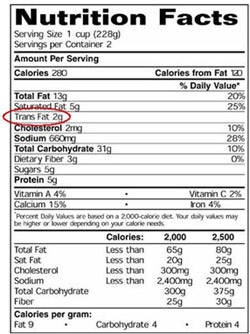
Trans fat names on labels
Trans Fats, Health and Nutritional Labeling of Foods Since 2006, food manufacturers have been required to include trans fat content information on the Nutrition Facts label on the packages. Currently, food manufacturers are allowed to make "trans free" or "no trans" claims if the amount of trans fat in the product is less than 0.5 g trans fat per serving. Trans fat - Wikipedia Trans fat, also called trans-unsaturated fatty acids, or trans fatty acids, is a type of unsaturated fat that naturally occurs in small amounts in meat and milk fat. It became widely produced as an unintentional byproduct in the industrial processing of vegetable and fish oils in the early 20th century for use in margarine and later also in snack food, packaged baked goods, and for frying fast ... How to Spot Sneaky Forms of Trans Fats on Labels Again, no safe level of trans-fats exists. When reading labels, also avoid mono and diglyceride as they are trans-fats in disguise. When you go to the doctor, they may test you for your triglyceride level. They are testing how much fat you have in your bloodstream. Mono, di, and triglycerides are all fats.
Trans fat names on labels. Trans Fat Declarations in the Nutrition Facts Panel on Product Labeling ... In the interim, FSIS will not object to the voluntary declaration of trans fatty acids in Nutrition Facts panels on labeling of food products under its jurisdiction if the declaration is made in accordance with FDA regulations published in the Federal Register on July 11, 2003, that amend 21 CFR Part 101. Understanding the FDA's Trans Fat Label Requirements There are two types of trans fats: naturally occurring trans fat and artificial trans fat. Naturally occurring trans fat is made in the gut of some animals, resulting in a small amount of trans fat in dairy and meat products. Artificial trans fats are a type of fat that is made in a laboratory through a processes called partial hydrogenation. 22 Foods High in Trans Fat You Should Avoid | New Health Advisor Crisco: Companies can get away with saying their products have "zero trans fats" when they have 0.5 grams or less but that doesn't make them trans fat free. Keep that in mind when using Crisco shortenings, as hydrogenated oils are still in the label. Pie: Unless it's homemade, there's a good chance your pie has trans fats. FDA Trans Fat Labeling: What You Need to Know - LabelCalc According to the FDA, trans fats should appear as "Trans fat" or "Trans" on the nutrition facts panel on a separate line located directly underneath "Saturated fat." Values for trans fats must appear in grams per serving. If the value for your product is under 5 grams per serving, then you must round it to the nearest 0.5 gram.
Trans-fats and what to check on labels | Food Safety Genie Select Page. Trans-fats and what to check on labels. Facebook Small Entity Compliance Guide: Trans Fatty Acids in Nutrition Labeling ... Trans fatty acids should be listed as " Trans fat" or " Trans " on a separate line under the listing of saturated fat in the nutrition label. Trans fat content must be expressed as... What Are Trans Fats? Food Sources, Decoding Labels - WebMD Check the Nutrition Facts label and the ingredient list. If the Nutrition Facts label says the product has "0 g trans fat," that doesn't necessarily mean it has no trans fats. It could... Consumers beware: Misleading labels may hide trans fats People may be consuming more trans fat than they think, as a result of misleading food labels, according to a study from the New York Department of Health and Mental Hygiene. Researchers examined ...
Always Check Food Labels For This If You're Avoiding Trans Fat - Mashed.com One of trans fat's most common aliases is hydrogenated oil, a fairly popular ingredient that is in everything from coffee creamer to microwave popcorn, per the Mayo Clinic. Hydrogenated oil, whose main use is to keep food fresher longer, simply refers to any food that is a solid fat at room temperature, per Medical News Today. Food Labels: Fat & Cholesterol | Home & Garden Information Center As a result, total fat, saturated fat, trans fat and cholesterol are required under the Nutrition Facts panel of food labels. Information on the content of polyunsaturated and monounsaturated fat is optional. The Nutrition Facts label shows you how much fat is in a product, even if the fat is hidden as an ingredient. Trans Fat | FDA - U.S. Food and Drug Administration Most of the trans fat in the foods we eat is formed through a manufacturing process that adds hydrogen to vegetable oil, which converts the liquid into a solid fat at room temperature. This... Clues on labels reveal hidden trans fats - SFGATE Trans fat (trans-fatty acids) is formed when oil is hydrogenated, a manufacturing process in which hydrogen atoms are mixed with non-saturated liquid oil from plants like corn or soy beans....
Fat Content on Food Labels - Reading Between the Lines The Mayo Foundation continued, "Still, you may be able to tell if a product contains trans fat, even if it's not directly listed on the food label. Look for the words ' hydrogenated ' or 'partially hydrogenated' in the list of ingredients. These terms indicate that the product contains trans fat.
What Are Trans Fats, and Are They Bad for You? - Healthline Trans fats, or trans-fatty acids, are a form of unsaturated fat. They come in both natural and artificial forms. Natural, or ruminant, trans fats occur in the meat and dairy from ruminant...
Trans Fat on Food Labels: Now You See It, Now You Don't Explanation Barbara Schneeman, director of the FDAs Office of Nutritional Products, Labeling and Dietary Supplements, says the reason the FDA is allowing foods containing less than 0.5 g of trans fats to be rounded down to 0 is that current detection methods for trans fats are not very reliable for amounts less than 0.5 g.
Trans Fats: How To Read Nutritional Facts Labels - Dr Ekberg Trans Fats: Nutritional Food Labels are not always honest about what is in your food. The hidden Dangers of dietary fats that can hurt you. Our food has a lo...
How to Read Food Labels for Fats and Oils Fats and oils can come from many sources, like animal fats, fish, seeds, plants, and nuts. Reading the ingredient lists on products will reveal the source of the fat. For oils and fats ingredient lists, fats and oils are referred to by their common names (e.g., "beef fat," "cottonseed oil").
Trans Fats: The Truth in Labeling | Atkins After 2006, when the new labeling laws go into effect, the FDA will still allow manufactucturers to list "zero" under trans fats if there is less than ½ gram per serving of the food. They will also permit manufacturers to say "zero trans fats" on the label if a serving size contains a half gram or less. This is a bad rule that needs changing.
Why aren't trans fat displayed on Nutrition Labels? If a nutrition label claims the product contains "partially hydrogenated" fat or "zero grams of trans fat," that doesn't mean there is no trans fat in the product. This is because the FDA previously allowed products to be labeled with zero grams of trans fat as long as the product had less than 0.5 grams.
askFSIS Public Q&A: Must all labels contain Trans fat labeling? - USDA Must all meat and poultry labels contain Trans fat labeling as of January 1, 2006? No. The Food and Drug's (FDA) compliance date for products under its jurisdiction was January 1, 2006, for Trans fatty acid nutrition labeling. This date, however, does not apply to meat and poultry product labels under Food Safety Inspection Service's (FSIS ...
Trans Fats | American Heart Association Doughnuts, cookies, crackers, muffins, pies and cakes are examples of foods that may contain trans fat. Limit how frequently you eat them. Limit commercially fried foods and baked goods made with shortening or partially hydrogenated vegetable oils. Not only are these foods very high in fat, but that fat is also likely to be trans fat.
New Trans-fat Labels - Dr. McDougall The federal government formally announced that food labels will be required to disclose the amount of unhealthy trans-fatty acids they contain by January 1, 2006. This means another 60,000 Americans will be at increased risk of dying prematurely before this information is available.1 You don't have to be one of these victims of ignorance ...
How to Spot Sneaky Forms of Trans Fats on Labels Again, no safe level of trans-fats exists. When reading labels, also avoid mono and diglyceride as they are trans-fats in disguise. When you go to the doctor, they may test you for your triglyceride level. They are testing how much fat you have in your bloodstream. Mono, di, and triglycerides are all fats.
Trans fat - Wikipedia Trans fat, also called trans-unsaturated fatty acids, or trans fatty acids, is a type of unsaturated fat that naturally occurs in small amounts in meat and milk fat. It became widely produced as an unintentional byproduct in the industrial processing of vegetable and fish oils in the early 20th century for use in margarine and later also in snack food, packaged baked goods, and for frying fast ...
Trans Fats, Health and Nutritional Labeling of Foods Since 2006, food manufacturers have been required to include trans fat content information on the Nutrition Facts label on the packages. Currently, food manufacturers are allowed to make "trans free" or "no trans" claims if the amount of trans fat in the product is less than 0.5 g trans fat per serving.










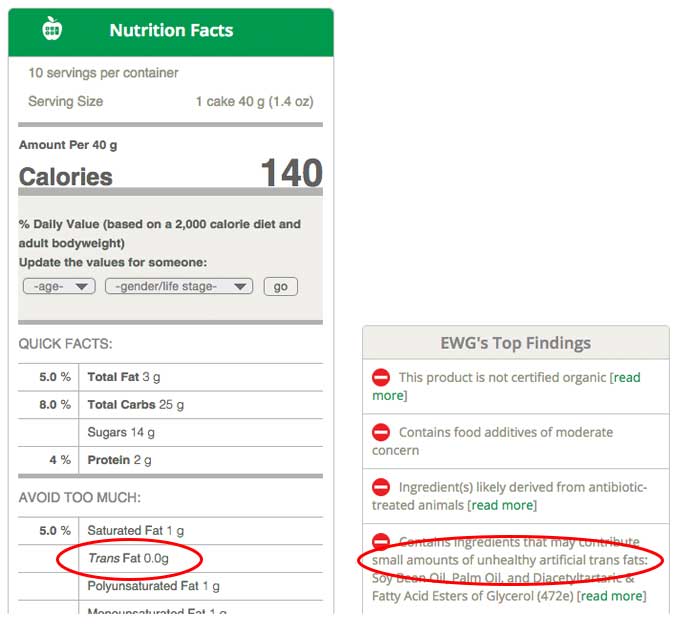


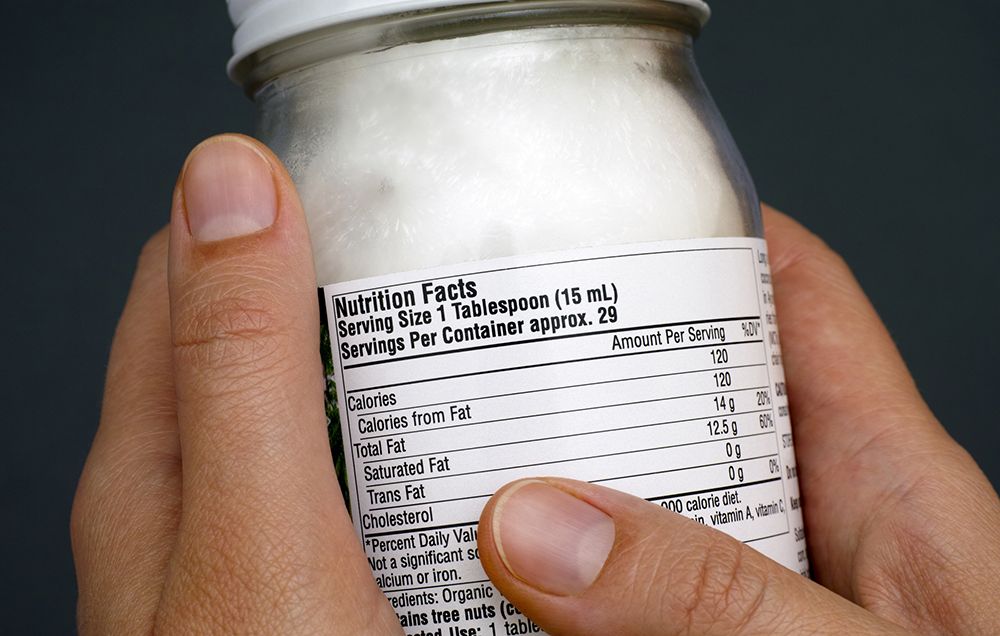
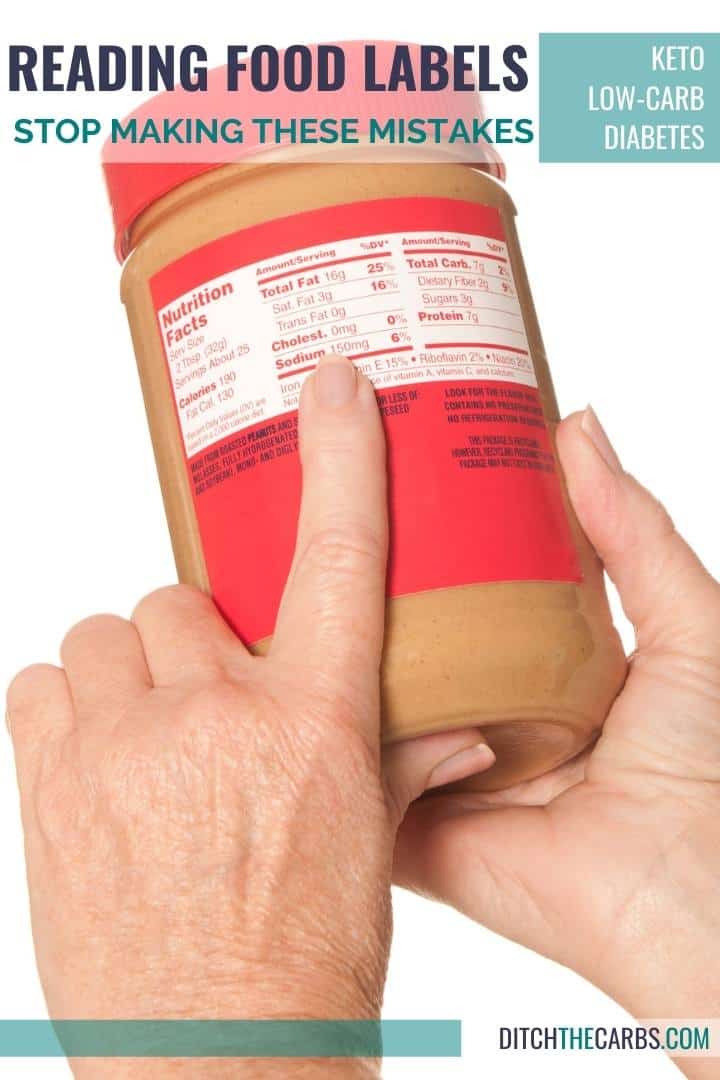


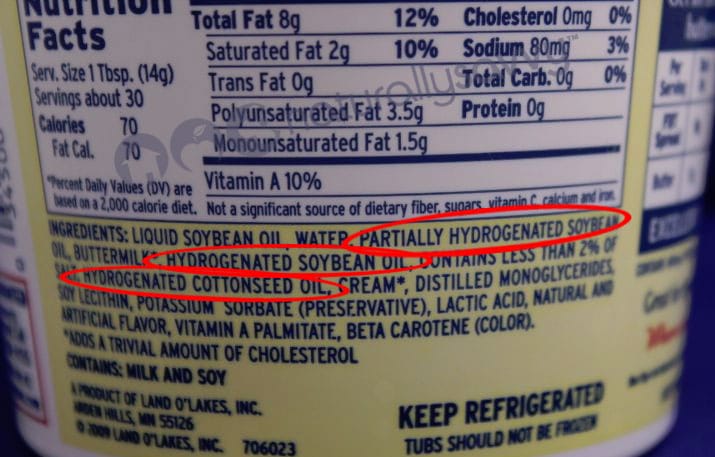





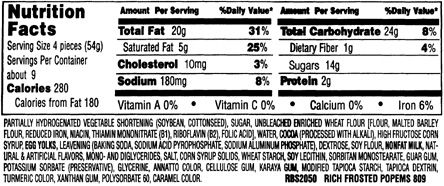
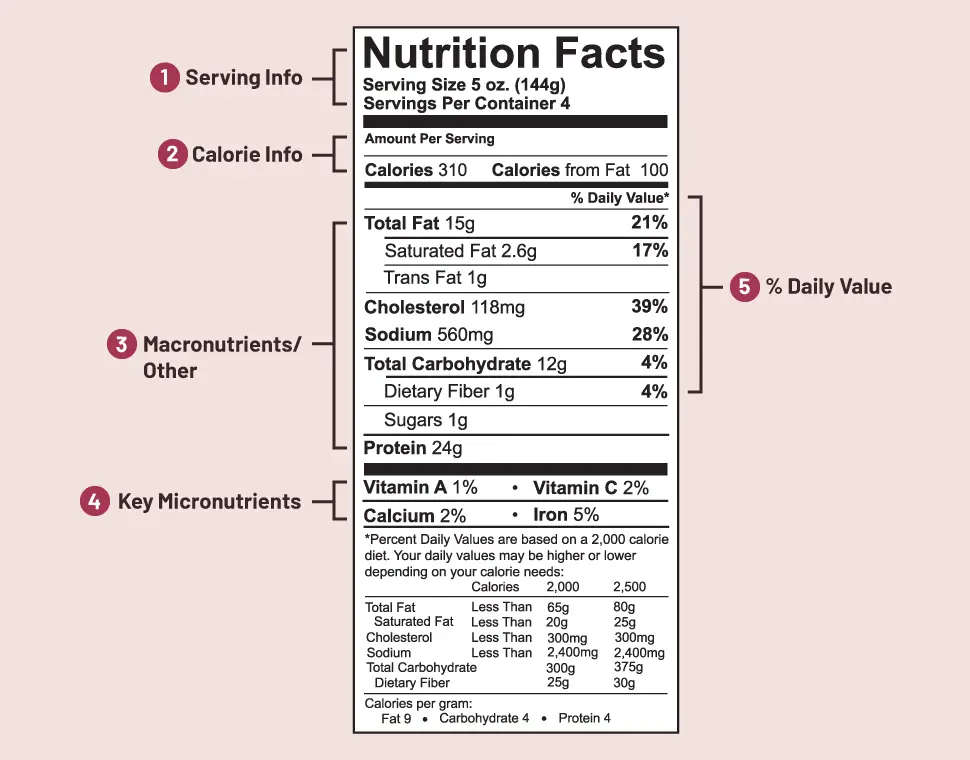

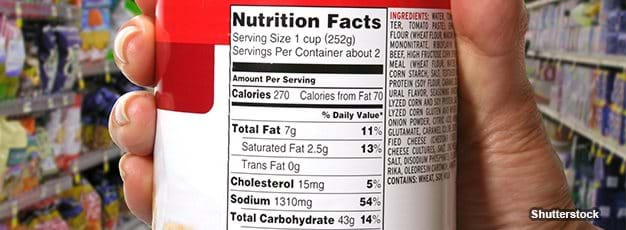


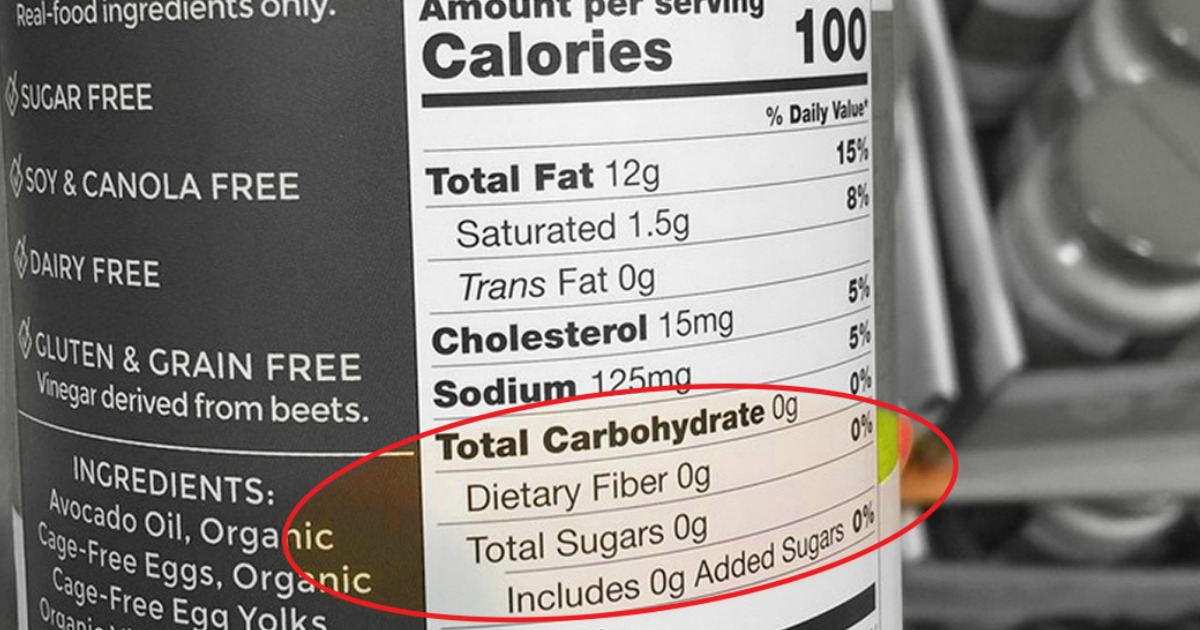
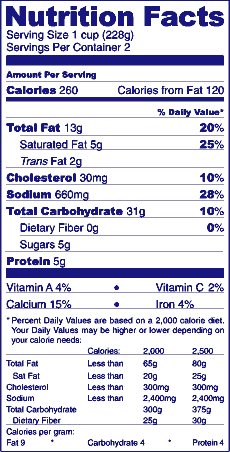



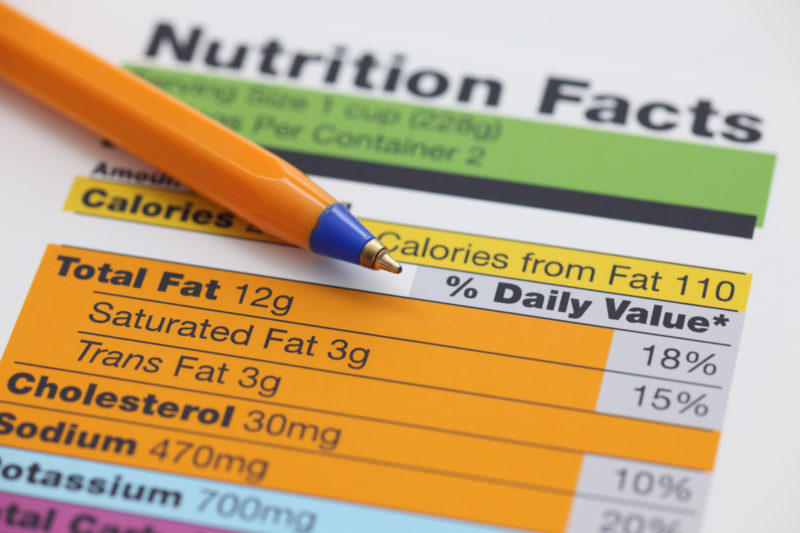

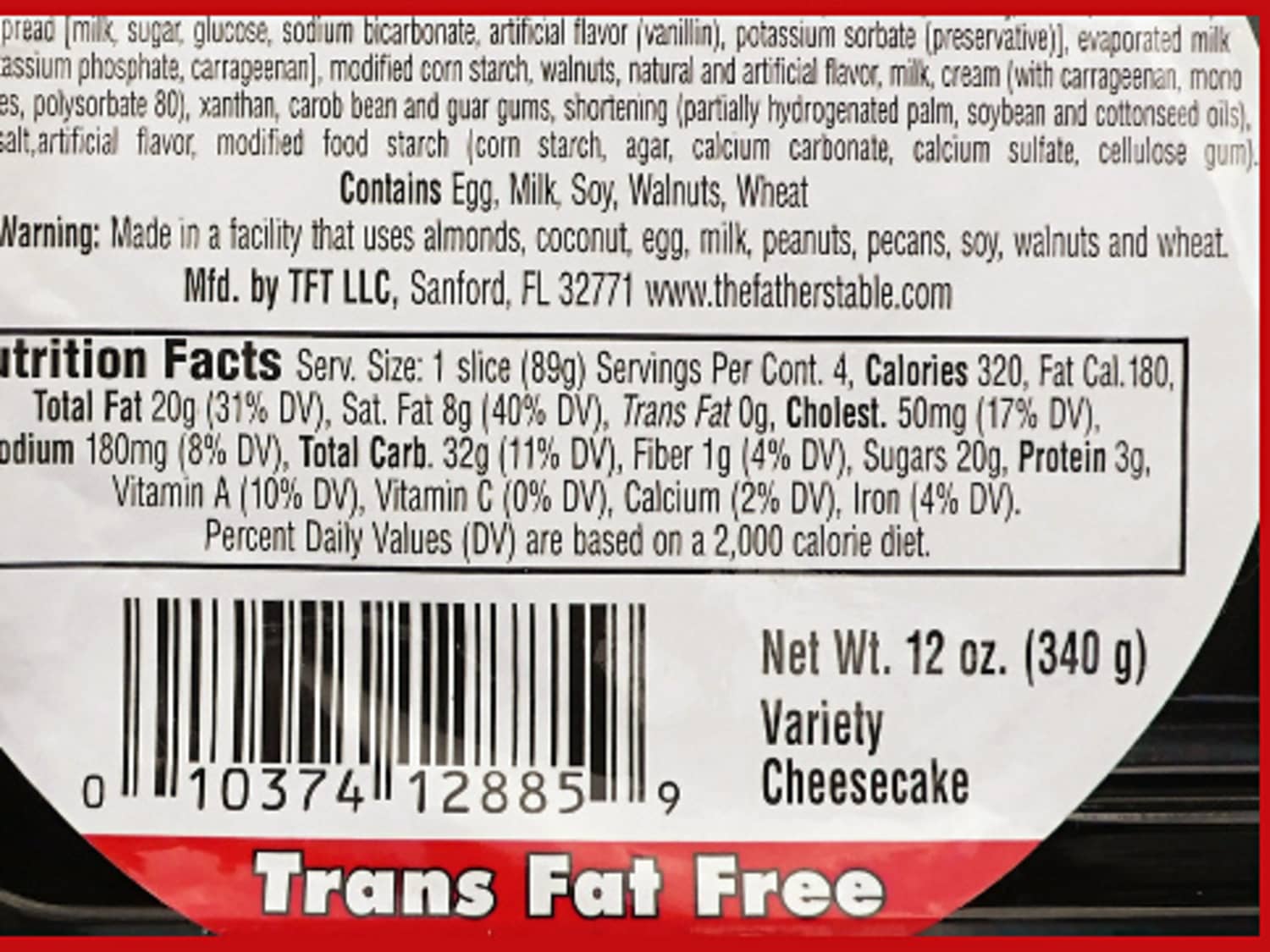

Post a Comment for "45 trans fat names on labels"